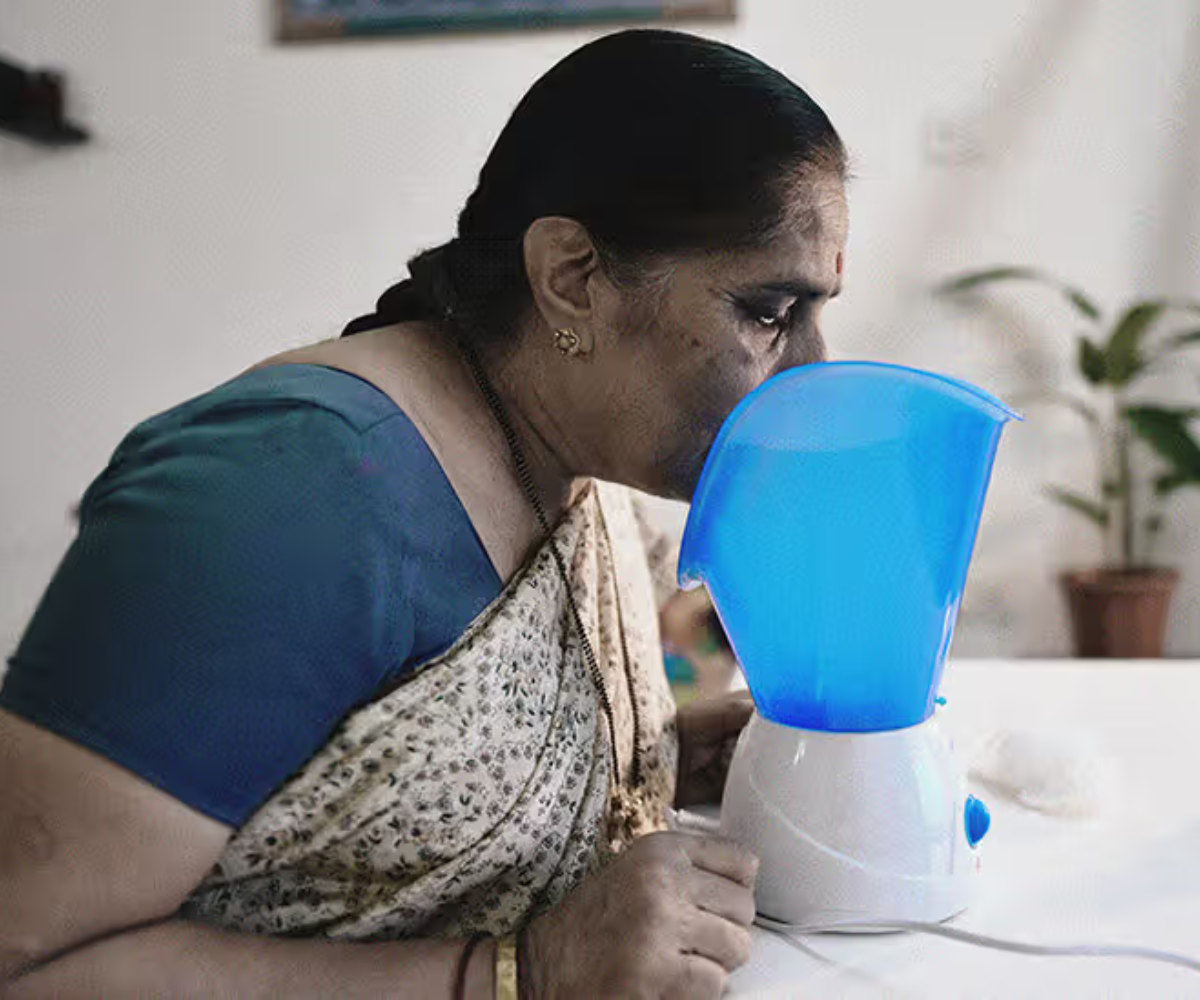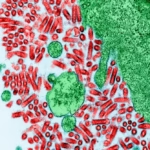10 Effective Tips to Get Rid of a Stuffy Nose
Get rid of a stuffy nose with simple and effective home remedies. A stuffy nose, caused by colds, allergies, sinus infections, or environmental factors, can make breathing difficult and lead to discomfort. Nasal congestion occurs when the blood vessels inside the nose swell, mucus builds up, and the nasal passages narrow. While usually not serious, a stuffy nose can affect sleep, concentration, and daily activities.
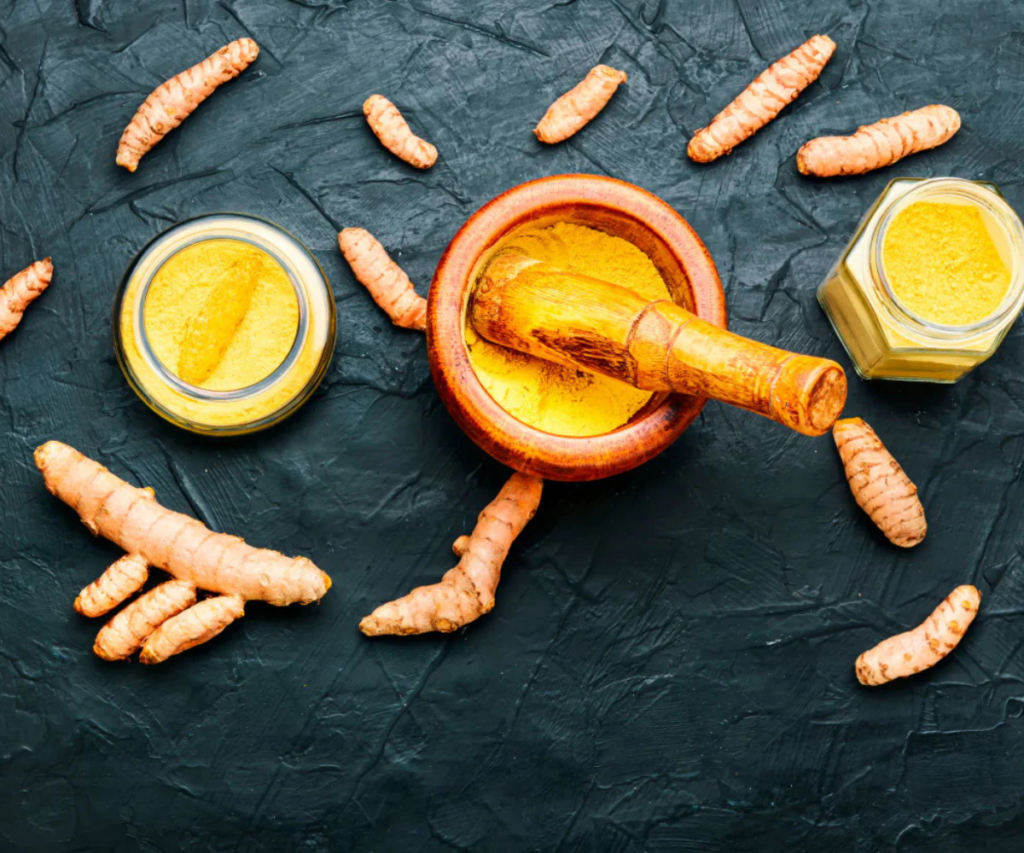
Fortunately, several natural remedies and lifestyle adjustments can help reduce congestion and relieve discomfort. This guide explores ten effective ways to get rid of a stuffy nose naturally, along with preventive measures, causes, and tips for faster relief.
Steam Inhalation for Quick Relief
Steam inhalation is one of the oldest home remedies for a stuffy nose. The warm, moist air can soothe nasal passages, reduce irritation, and temporarily ease congestion.
How to Use Steam Safely:
- Fill a bowl with hot water (not boiling).
- Optional: Add a few drops of eucalyptus, peppermint, or chamomile oil for extra relief.
- Lean over the bowl, covering your head with a towel, and inhale deeply for 5–10 minutes.
- Take care to avoid burns; never use water that is too hot.
Tip: A warm shower or bath can provide similar relief if a bowl is inconvenient.
Saline Nasal Sprays
Saline sprays are a safe, drug-free method to moisten dry nasal passages and flush out irritants such as dust, pollen, or mucus.
How to Use:
- Spray the solution into each nostril 1–2 times per day or as needed.
- Ensure the nozzle and bottle are clean before use.
- Can be used during pregnancy and in children under guidance.
DIY Saline Solution:
- Mix 1 tsp salt + ½ tsp baking soda in 1 cup of warm distilled or boiled water.
- Store in a clean, airtight container.
Neti Pots for Sinus Cleansing
A neti pot allows gentle flushing of the nasal passages with a saline solution. This can relieve congestion and hydrate the nasal tissues.
Precautions:
- Use distilled, sterile, or previously boiled and cooled water.
- Wash hands and ensure the device is clean before each use.
- Consult a doctor if immunocompromised or using for a child.
Method:
- Tilt your head sideways over a sink.
- Pour the solution into the upper nostril; it will flow out of the lower nostril.
- Repeat for the other side.
Warm Compress for Sinus Relief
Applying a warm compress to the nose and forehead can relieve sinus pressure.
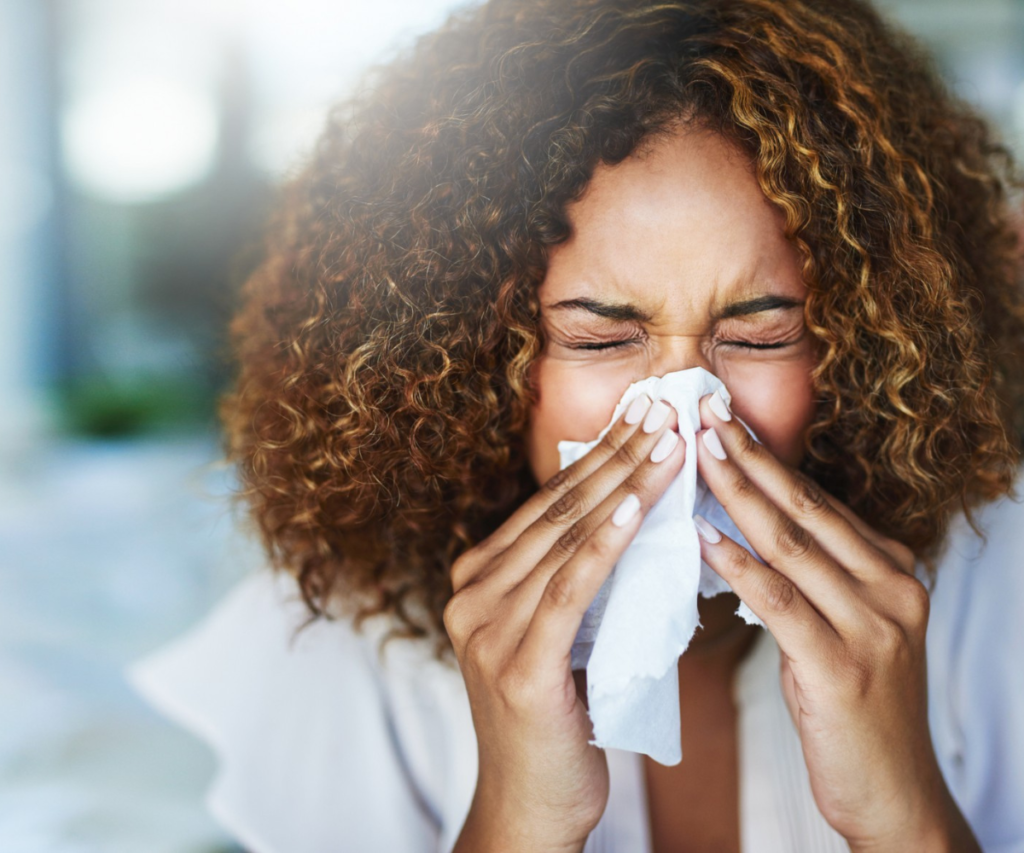
- Soak a washcloth in warm (not hot) water.
- Wring out excess water and place it over the nose and cheeks.
- Repeat several times a day for relief.
Optional: Add ginger slices or a few drops of essential oils to the water for added comfort.
Eucalyptus and Essential Oils
Eucalyptus oil contains compounds that may have anti-inflammatory and antibacterial properties. Inhaling steam with essential oils or using diffusers can provide temporary nasal relief.
Tips:
- Never apply essential oils directly to the skin.
- Conduct a patch test before using a new oil.
- Avoid use in young children and consult a healthcare professional if pregnant.
Antihistamines for Allergy-Induced Congestion
If nasal congestion is caused by allergies, antihistamines may help reduce symptoms.
- Follow product instructions carefully.
- Some antihistamines may cause drowsiness; avoid driving.
- Use under the guidance of a doctor if pregnant or if you have chronic conditions.
Decongestants for Temporary Relief
Decongestants can shrink swollen nasal tissues and reduce the feeling of stuffiness.
- Use nasal sprays, drops, or oral forms.
- Limit use to less than a week to avoid rebound congestion.
- Avoid if you have high blood pressure, diabetes, or glaucoma without doctor approval.
Humidifiers to Add Moisture

Dry air can worsen nasal congestion. Using a humidifier adds moisture, which may ease breathing and soothe nasal passages.https://www.youtube.com/watch?v=gg8TWB7ux4s
- Clean the device regularly to prevent mold or bacteria growth.
- Ideal indoor humidity: 40–50%.
Stay Hydrated
Drinking sufficient fluids helps thin mucus, potentially making it easier to drain.
- Warm liquids like herbal teas or broths may provide added comfort.
- Avoid excessive caffeine or alcohol, which can dehydrate.
Additional Natural Methods
Some people find relief from:
- Spicy foods like horseradish or chili, which may temporarily clear sinuses.
- Gentle acupressure on the nose and sinus areas.
- Using a supportive pillow to elevate the head during sleep.
- Peppermint or ginger tea for soothing effects.
- Garlic-infused water or steam inhalation for potential antibacterial support.
Note: Evidence for these methods is limited, but they may provide personal comfort.
Causes of a Stuffy Nose
A stuffy nose can result from:
- Viral infections (cold or flu)
- Sinusitis or chronic sinus issues
- Allergic rhinitis or environmental allergens
- Deviated septum or nasal polyps
- Exposure to dry air, smoke, or pollutants
When to Seek Medical Attention
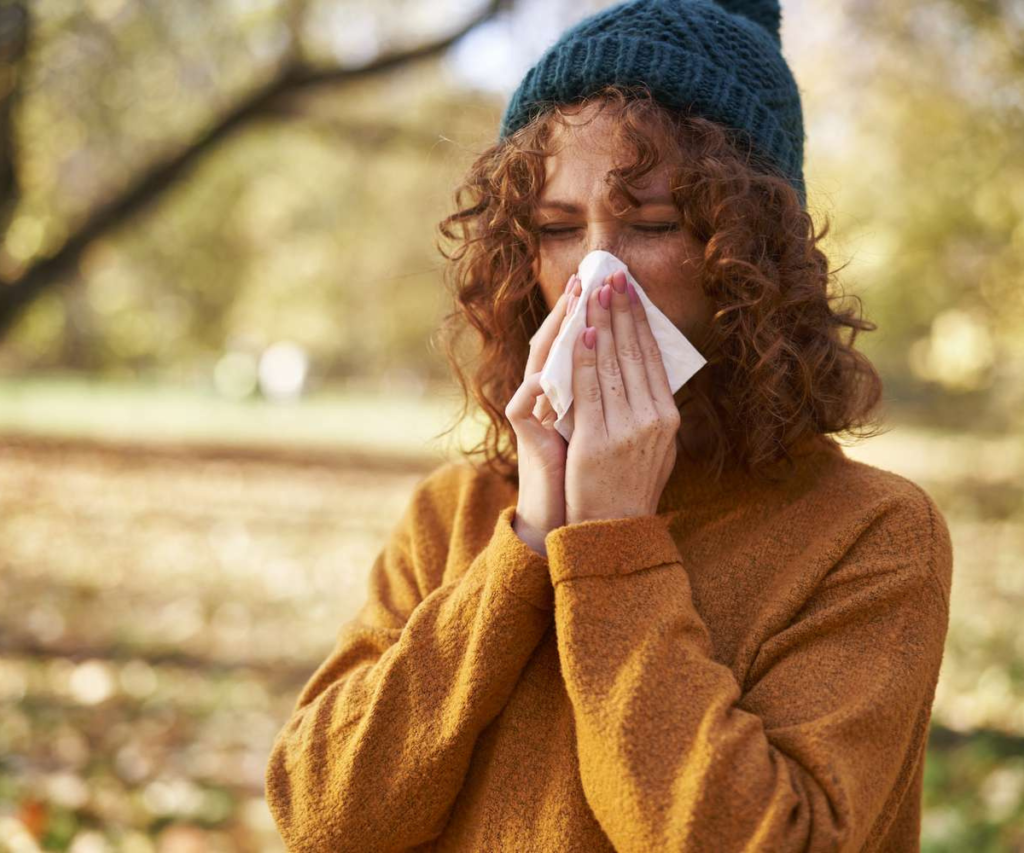
Most nasal congestion resolves at home. However, consult a doctor if:
Chronic health conditions or pregnancy complicate congestion
Symptoms persist beyond 10–14 days
Fever, facial pain, or unusual discharge occurs
Cough lasts more than three weeks or includes blood
